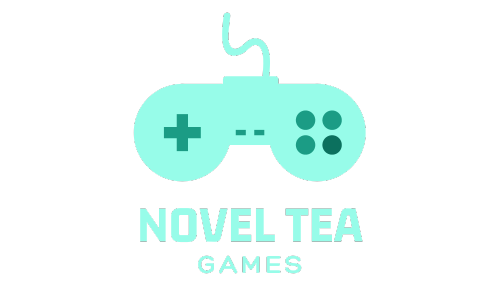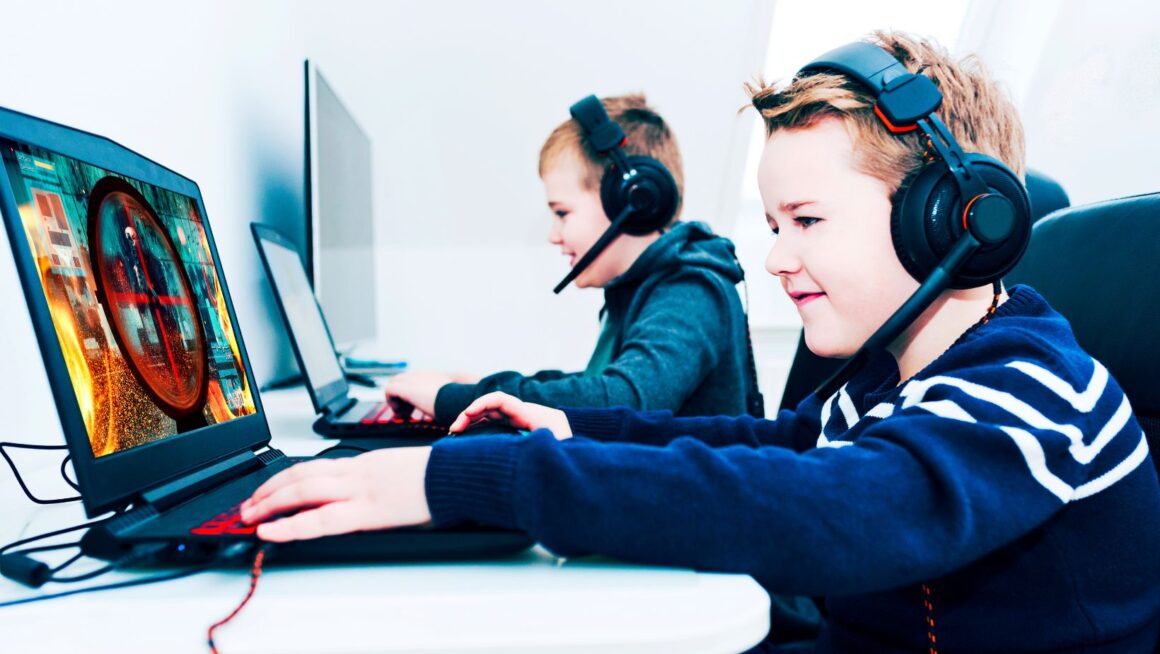Friends-Only SF Game
In the realm of friends only SF games, the core idea revolves around crafting a gaming experience exclusive to a circle of friends, emphasizing teamwork and cooperative play. Such games are designed with the intent to deepen connections, challenge strategic thinking, and provide an immersive sci-fi environment that can be navigated and enjoyed amongst trusted companions.
Storyline
At the heart of every friends-only SF game lies a captivating storyline that draws players into its universe. These narratives typically involve complex missions, where the fate of galaxies depends on the collective effort of the player group. The storyline is a critical component, offering a backdrop that not only serves as the foundation for gameplay but also enhances the emotional investment of the players. It’s this shared narrative that transforms the gaming experience from mere entertainment to a bonding journey.
In these storylines, players might find themselves as a group of interstellar explorers charting unknown territories, or as a specialized task force fighting against a cosmic threat. The possibilities are vast, but the common thread is the focus on cooperation against a backdrop of shared challenges and achievements.

Gameplay Mechanics
Gameplay mechanics in friends-only SF games are designed to compliment the storyline, ensuring that the experience is both challenging and rewarding. These mechanics often require players to assume distinct roles within their team, each with unique contributions towards achieving collective goals. The gameplay is structured to encourage strategy, communication, and problem-solving, pushing players to leverage their combined skills and knowledge.
Key features include:
- Customizable Avatars: Players can often customize their characters, enhancing the personal touch and investment in the game.
- Dynamic Mission Structures: Missions adjust based on the team’s choices, ensuring a tailored and evolving challenge.
- Resource Management: Teams must manage resources effectively, adding another layer of strategy.
- Collaborative Puzzles and Battles: Critical points in the game that require synchronicity and teamwork to overcome.
Through these gameplay mechanics, friends-only SF games manage to keep each session fresh and engaging, ensuring that the group’s camaraderie grows stronger with every challenge they surmount together. The emphasis on team-based play does more than make the game enjoyable; it reinforces the notion that success is more satisfying when shared with friends.
Characters in the Game
Main Protagonists
In the world of friends-only SF games, the main protagonists play a pivotal role in drawing players into the game’s universe. These characters are carefully crafted to be relatable and multifaceted, ensuring that each player finds a piece of themselves within the heroes they control. The protagonists often embody resilience, intelligence, and a propensity for teamwork, mirroring the values emphasized in friends-only gameplay. Their backstories are rich with detail, providing depth and motivation for their actions within the game’s storyline.
Common traits among these protagonists include:
- Exceptional leadership qualities
- A unique set of skills tailored to navigating the game’s world
- An unwavering commitment to their team and mission
The connection between players and protagonists is strengthened by the game’s focus on co-op play, allowing friends to step into the shoes of these dynamic characters and experience their journeys together. This immersive experience enhances the emotional investment in both the game’s narrative and the bond between players.

Supporting Characters
Supporting characters in friends-only SF games are no less crucial to the storytelling and gameplay experience. These characters often serve as mentors, allies, or even comic relief, providing necessary support, information, and moments of levity within the game. They’re designed to complement the main protagonists and the overall team dynamics, offering additional layers of strategy and engagement.
Key roles of supporting characters include:
- Offering specialized skills or knowledge that aids the team
- Acting as quest givers or pivotal points in the game’s plot
- Strengthening the game’s world-building through their stories and backgrounds
Despite not being directly controlled by players, supporting characters have profound impacts on gameplay and story progression. They can influence the difficulty of missions, unlock new areas of the game, or alter the narrative based on player interaction and decisions. This flexibility ensures that each playthrough can offer a unique experience, heavily influenced by the characters players choose to interact with.
The careful balance between main protagonists and supporting characters in friends-only SF games creates a rich, interactive world that emphasizes the importance of friendship, cooperation, and shared achievement.

